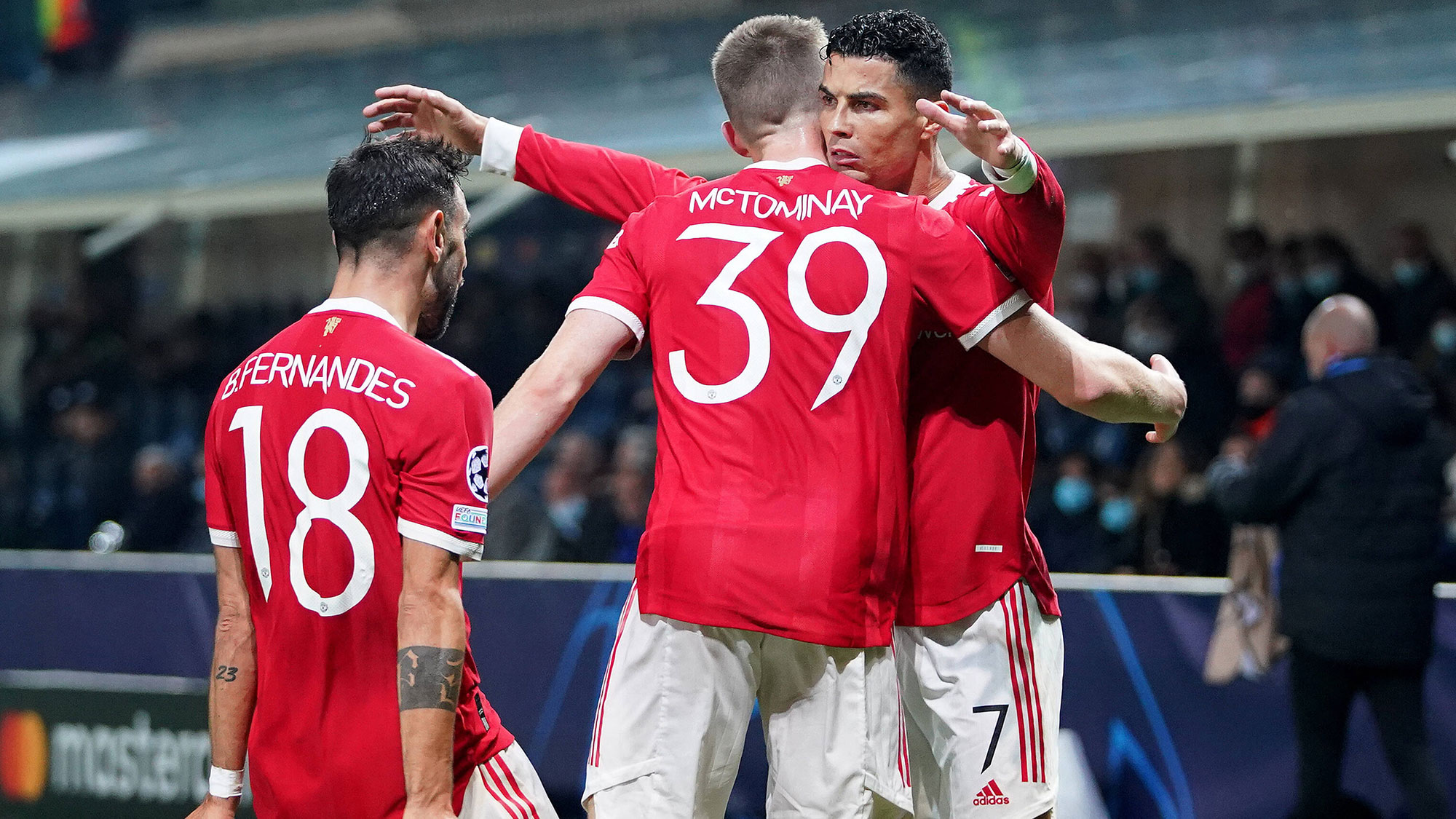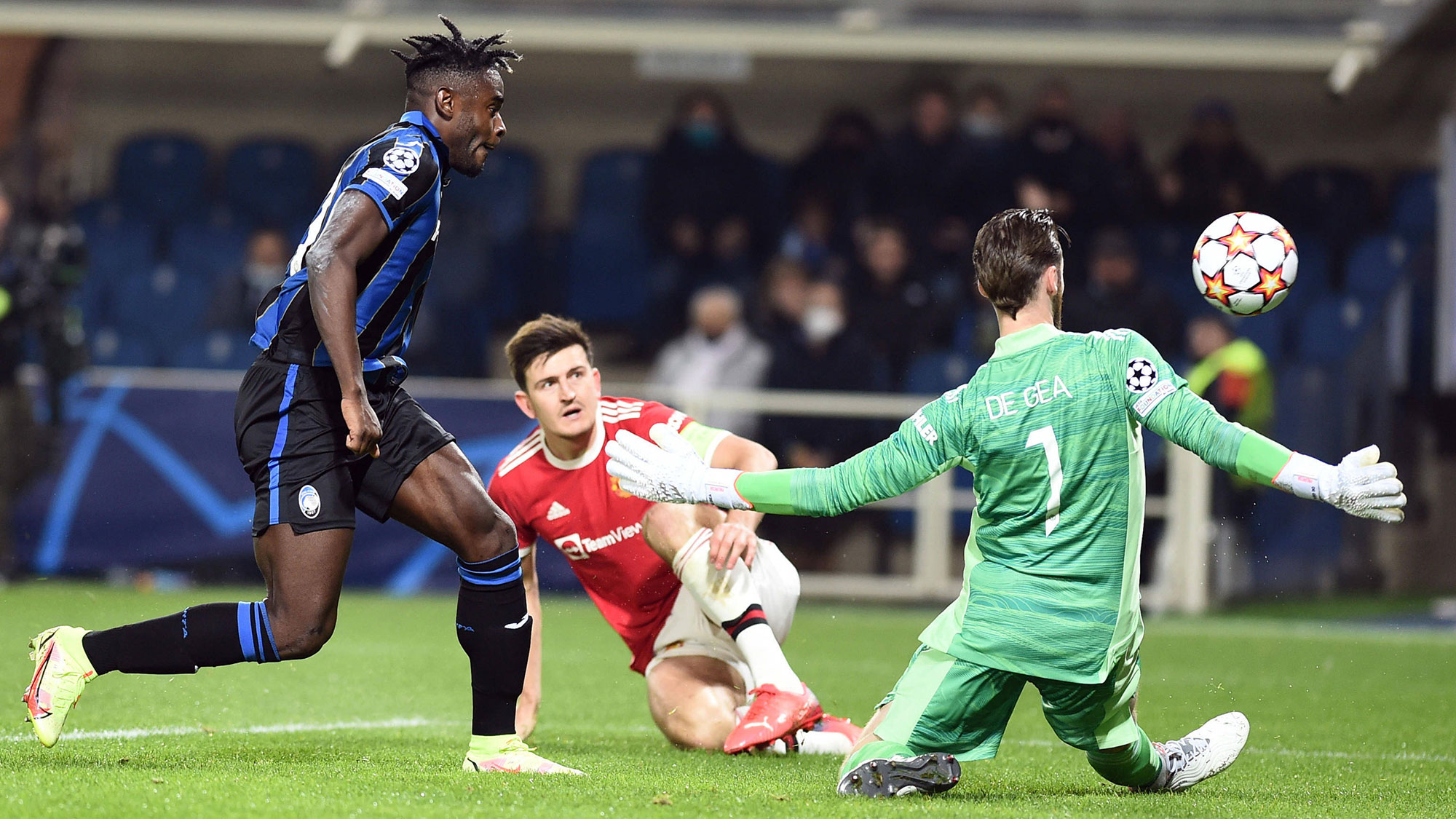Manchester United and Its Pattern of Predictability

How many times can the same pattern play out? For the fourth Champions League group game out of four this season, Manchester United fell behind. And for the third time it came back, with the excellence of Cristiano Ronaldo outweighing the issues at the back and in midfield. This time, unlike in 15 previous European games from the start of last season, there was no winner, but a 2–2 draw at Atalanta on Tuesday still represents a remarkable result given how the game had gone.
What this means for the long term is harder to say. Fans may relish the drama, and to an extent perhaps it doesn’t matter so long as the group is negotiated (although that is now far from certain), but there must be a concern that United has made such a meal of it when the group draw appeared relatively straightforward. This is not the cream of Europe it is up against, either. Rather the other teams in the group are currently fifth in Serie A, 13th in La Liga and third in the Swiss top flight. Beating Spurs and having to claw for a point here will not banish the doubts about manager Ole Gunnar Solskjaer.

Saturday’s win over Tottenham bought Solskjaer time. That Antonio Conte, the obvious choice to replace him—although seemingly never for the United board—has taken the Tottenham job should ease the pressure further. But there is a sense that while Solskjaer keeps surviving these crises, each one leaves him slightly weaker. Losing 5–0 at home to Liverpool, particularly in your third season in the job, is never going to be easy to defend or dismiss.
The Spurs victory raised two obvious questions: Firstly, did United just win because of how bad Tottenham was? And secondly, would Solskjaer stick to the back three? It was a shape that, with Scott McTominay and Fred sitting deep in midfield, seemed to offer greater defensive structure, and it was no great surprise that he retained the formation against Atalanta. Quite apart from anything else, United in a 4-3-3 has struggled this season against wingbacks or attacking fullbacks—as it did against Atalanta in the reverse fixture at Old Trafford, when Davide Zappacosta set up the opening goal—and the use of Luke Shaw and Aaron Wan-Bissaka higher up the pitch helped negate that threat.
There were three changes to the lineup Tuesday. Eric Bailly came in for the injured Victor Lindelöf on the right of the back three. Edinson Cavani, who scored the second at White Hart Lane, dropped to the bench with Marcus Rashford coming in for him and dropping deeper out of possession. Paul Pogba, meanwhile, replaced Fred at the back of midfield, and that inevitably changed the makeup of the side.
United’s midfield probably was more creative. It was a Pogba pass that laid on the chance that saw McTominay have a shot deflected against the post early on, and he also carved out a headed opportunity for Ronaldo. But the French midfielder’s presence meant that the solid platform, suddenly, wasn’t quite so solid. In part that was to do with his carelessness in possession —two misplaced passes presened Duvan Zapata with shooting opportunities—but it also had to do with his positioning.
Zapata found space between Bailly and Wan-Bissaka and when he pulled the ball across the top of the box, Josip Iličić was weirdly untended as he ran in and struck a shot that squirmed through David De Gea. The Spanish goalkeeper has had a good season so far, and complained he had been distracted by an offside player, but it was nonetheless a poor mistake.

And then, after all the talk of formations, Raphaël Varane, in just his second game back after a groin injury, pulled up under no pressure and was forced off. With no central defenders on the bench, Solskjaer reverted to 4-3-3 and brought on Mason Greenwood. The forward was instrumental in the equalizer in first-half stoppage time. United had been poor for much of the first half, but Greenwood’s pass laid Bruno Fernandes into the box and his lay-off allowed Ronaldo to sweep in to score for the fourth consecutive Champions League game. Once again, individual brilliance had gotten United out of jail.
And it would do so again. The 4-3-3 made United far more open, and Atalanta had the better chances after the break. Solskjaer has given the impression for a while that he doesn’t trust Bailly, and it was his error, allowing Zapata in behind him, that led to the hosts' second goal. But where there is Ronaldo, there is hope, and his drilled shot from outside the box in injury-time salvaged a point.
In the end, though, surely the lack of structure must tell. United has played worse than this and won, but it could hardly claim it was unlucky. This was another poor performance, another steal. The breathing space may be vanishing for Solskjaer before Saturday’s Manchester derby. The pattern can only repeat so many times.
More Soccer Coverage From Jonathan Wilson:
